A managed service called Google AI Platform makes it simple to create, train, implement, and oversee machine learning (ML) models. Even if you have no prior expertise with machine learning, you can easily get started with it because of its extensive range of tools and services.
Because the Google AI Platform is based on Google’s own technology and infrastructure, you can be sure that you’re using a scalable, secure, and dependable platform. Additionally, it provides a number of tools that facilitate teamwork and the sharing of your machine-learning models with others.
Who is Google AI Platform for?
Regardless of skill level, anyone who wishes to develop and implement ML models can use the Google AI Platform. It is a wise option for:
- Regardless of their level of expertise, For data scientists and ML engineers who wish to create and train sophisticated ML models, it is a good option.
- ML developers who wish to include new functionalities into their apps.
- Companies of all sizes seeking to enhance their operations through machine learning
What are the benefits of using it?
Utilizing the Google AI Platform has a number of benefits. First of all, it offers a safe and scalable architecture that enables users to effectively handle enormous volumes of data. Second, it streamlines the workflow for machine learning, freeing users to concentrate on developing models rather than running intricate infrastructure. It also provides smooth connections with other Google Cloud services, enabling real-time insights and sophisticated analytics. Additionally, the Google AI Platform’s pre-built models and algorithms speed up development while guaranteeing flexibility and creativity with its strong support for bespoke models. All things considered, the platform boosts output, shortens time to market, and encourages artificial intelligence innovation.
Components of the Google AI Platform
Training service
With the help of the training service, you can train machine learning models with a range of tools and frameworks, such as sci-kit-learn, PyTorch, and TensorFlow. Additionally, it offers a range of functions to support you in streamlining your training process, including:
- Hyperparameter tuning: Finding the ideal values for your ML model’s hyperparameters is known as hyperparameter tuning. Hyperparameters are variables, such as learning rate and epoch count, that regulate the training process. The training service offers several tools, including AutoML and hyperparameter tuning, to assist you in fine-tuning your hyperparameters.
- Distributed training: With distributed training, you may train your machine learning model concurrently on several different computers. For big and complicated models, this can greatly expedite the training process. TensorFlow serving and cloud TPUs are only two of the many options the training service offers to assist you in distributing your instruction.
Prediction service
You may serve predictions to your users by putting your trained machine-learning models into production with the prediction service. It can manage a huge volume of requests per second and is very scalable. In addition, the prediction service offers other capabilities, including rollouts and model versioning, to assist you in managing your deployments.
You can utilize the Vertex AI Workbench, the Google Cloud CLI, or the REST API to deploy a model to the prediction service. You can ask your model to produce predictions by sending it a request along with your input data once it has been installed. Following that, the prediction service will reply with the outcome of the prediction.
Data labeling service
You can hire human professionals to identify your data by using the data labeling service. If you lack the tools or knowledge to classify your data yourself, this can be useful. Many labeling tasks, including text classification, object identification, and image classification, are supported by the data labeling service.
You must first construct a labeling dataset in order to use the data labeling service. You can use the REST API or submit your data to the Vertex AI Workbench to accomplish this. After generating a labeling dataset, you can send it for evaluation to the data labeling service. After that, a group of human specialists will be tasked with classifying the dataset using the data labeling service.
Development tools
A range of development tools are also available on the Google AI Platform to assist you in creating, honing, and implementing ML models. Among these tools are:
- Vertex AI Workbench: A web-based IDE called Vertex AI Workbench offers a centralized setting for creating, honing, and implementing machine learning models. It has many capabilities, including debuggers, code editors, and notebooks.
- Google Cloud CLI: You can control your Google Cloud resources through the command-line tool known as the Google Cloud CLI. To train, implement, and maintain your machine learning models, use the Google Cloud CLI.
- REST API: You may manage your machine learning models programmatically with the Google AI Platform REST API. Your own applications can train, deploy, and manage your machine learning models with the help of the REST API.
Features and Capabilities of the Google AI Platform
Pre-trained Models
A vast range of pre-trained machine learning models designed for different applications, including sentiment analysis, language translation, and picture identification, are accessible through the Google AI Platform. These models are a great place for developers to start since they let them take advantage of Google’s resources and knowledge without having to start from scratch. By including these pre-trained models in their apps, businesses can save a great deal of time and money by speeding up the development process.
Custom Model Training
Facilitating bespoke model training is one of the Google AI Platform’s key capabilities. Data scientists and developers can use well-known frameworks like TensorFlow and sci-kit-learn to create and train machine learning models. The platform can analyze massive datasets and sophisticated models because it has distributed training capabilities. This adaptability makes it possible for businesses to design customized solutions that satisfy their own needs, which fosters creativity and the creation of distinctive, competitive AI applications.
Model Deployment and Management
Machine learning model deployment and management are made easier with the Google AI Platform. A trained model can be easily deployed as a web service, facilitating smooth integration with different services and applications. Additionally, the platform offers tools for managing and versioning various model iterations, guaranteeing that companies can efficiently maintain and track their AI solutions. Teams can work together more effectively thanks to this version control and management functionality, which also makes it simpler to change models without causing any problems.
MLOps Support
The Google AI Platform emphasizes cooperation and communication between data scientists and IT specialists by integrating MLOps methods. It facilitates automated testing and machine learning model deployment by supporting pipelines for continuous integration and deployment or CI/CD. With this DevOps approach, models are continuously updated and refined, increasing their relevance and accuracy over time.
In order to help enterprises assess the effectiveness of deployed models, identify problems, and make data-driven decisions for continuous model changes, MLOps Support now offers monitoring and logging features. By taking a comprehensive approach to machine learning operations, businesses can cultivate an innovative and adaptable culture that keeps AI solutions competitive and useful in ever-changing settings.
Use Cases for the Google AI Platform
Image Classification
The Google AI Platform performs exceptionally well in picture classification challenges, correctly classifying images into pre-established groups. Applications for this capacity can be found in a number of fields, such as e-commerce (product recognition), healthcare (diagnosis from medical photos), and content moderation (filtering unwanted information).
Object Detection
Multiple object localization and identification within photos or videos are made possible by the platform’s object detection capabilities. Industries including retail (inventory management), security (surveillance systems), and autonomous cars (pedestrian and obstacle detection) depend on this functionality.
Natural Language Processing
Strong natural language processing tools are provided by the Google AI Platform, making tasks like entity recognition, sentiment analysis, and language translation easier. Applications include social media monitoring, content analysis for companies looking to gain customer insights, chatbots, and virtual assistants.
Speech Recognition
The platform has sophisticated speech recognition algorithms that enable it to translate spoken words into text. This technology enhances accessibility and the user experience and is essential for voice-activated devices, transcription services, and customer support applications.
Machine Translation
Text translation between languages is made possible by the machine translation capabilities of the Google AI Platform. This function is incredibly helpful for international communication platforms, content creators, and global enterprises as it facilitates cross-cultural understanding and eliminates language barriers.
By making use of these features, companies and researchers may utilize the Google AI Platform to innovate and find solutions to challenging problems in a variety of industries, increasing productivity, enhancing user experiences, and opening up new avenues for artificial intelligence research.
Conclusion
To summarize, companies and researchers exploring the field of artificial intelligence may rely on Google’s AI Platform as a strong ally. The platform offers a range of capabilities that make machine learning development and deployment easier, such as pre-trained models, custom model training, and strong deployment tools.
Its versatility across a range of industries is demonstrated by its applications in speech recognition, object detection, natural language processing, image classification, and machine translation. Organizations may increase productivity and efficiency while also opening up new avenues for creativity by utilizing Google’s AI platform. This platform continues to be an essential tool as technology develops, enabling users to take advantage of artificial intelligence’s potential and make significant changes to the digital landscape.
[FAQ]
How can I use the Google AI Platform for machine learning projects?
To use the Google AI Platform, you need a Google Cloud account. Once you have an account, you can access and utilize the platform’s tools and services to create, train, and deploy machine learning models.
What industries and use cases can benefit from the Google AI Platform?
The Google AI Platform can be used in various industries, including healthcare, finance, retail, and more. It is beneficial for tasks such as image and text analysis, natural language processing, recommendation systems, and predictive analytics.
What is the difference between Google AI Platform and other machine learning platforms?
Google AI Platform is one of several machine learning platforms available, and the choice of platform depends on your specific needs. Google AI Platform is known for its integration with other Google Cloud services and its robust set of machine learning tools.
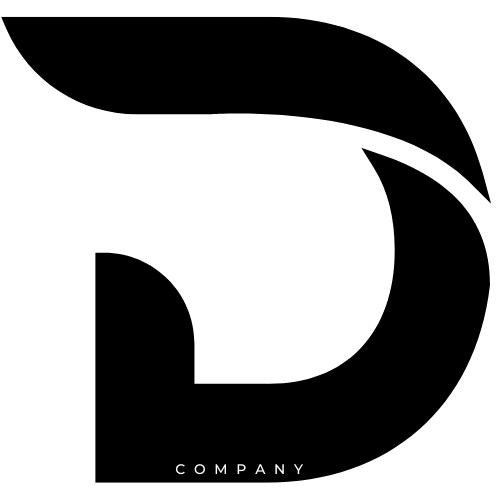
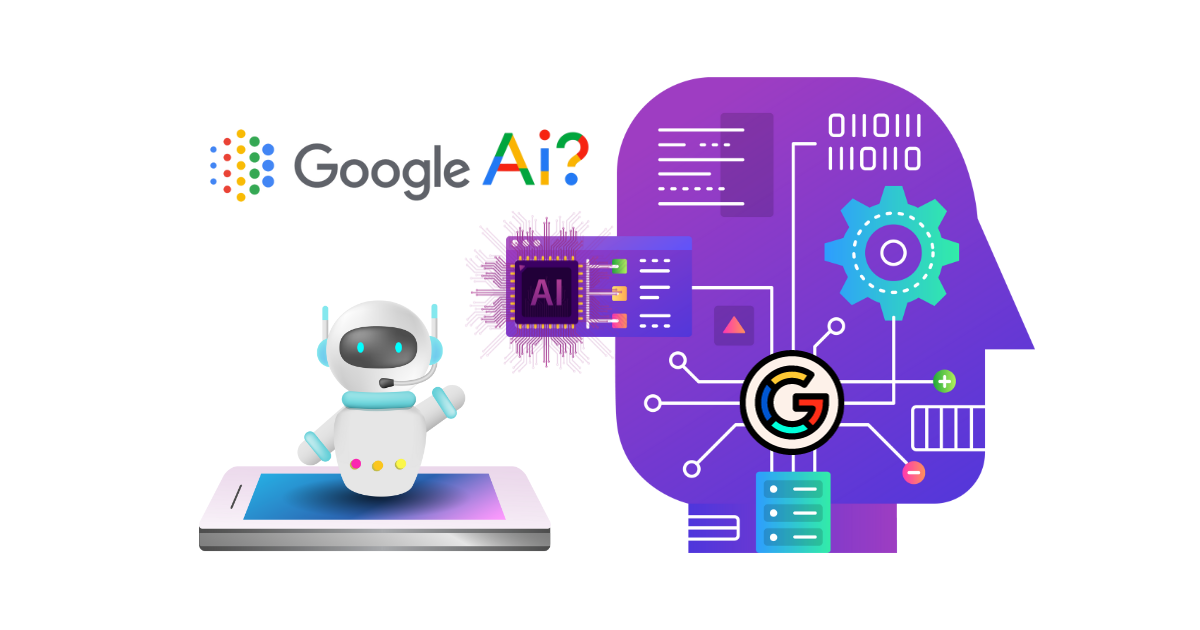
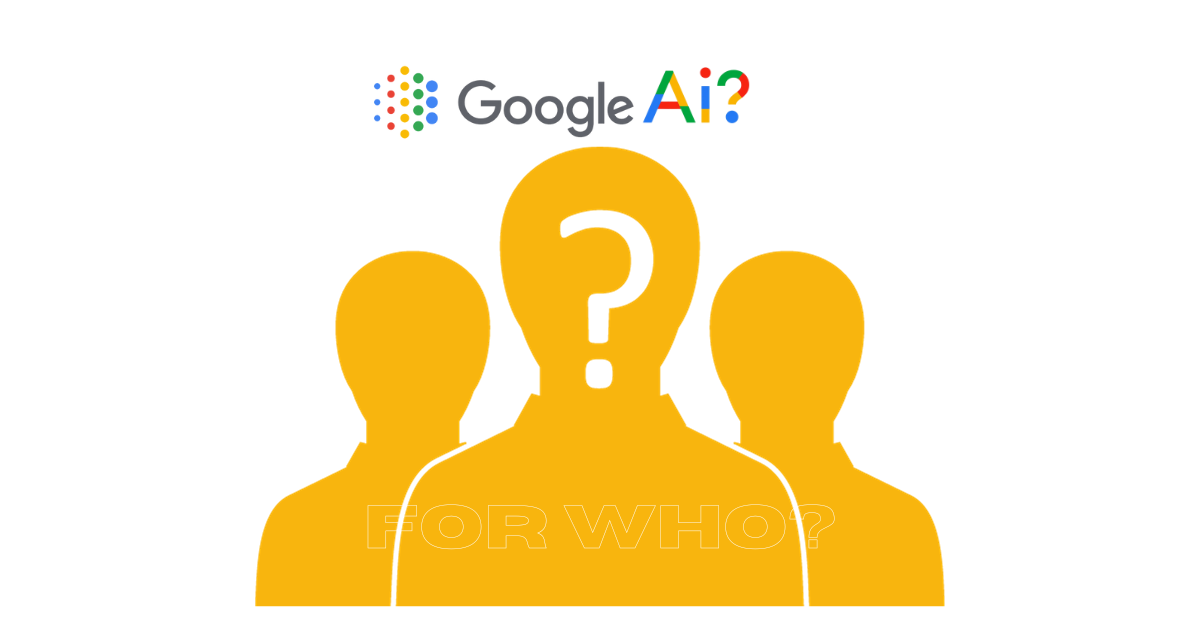

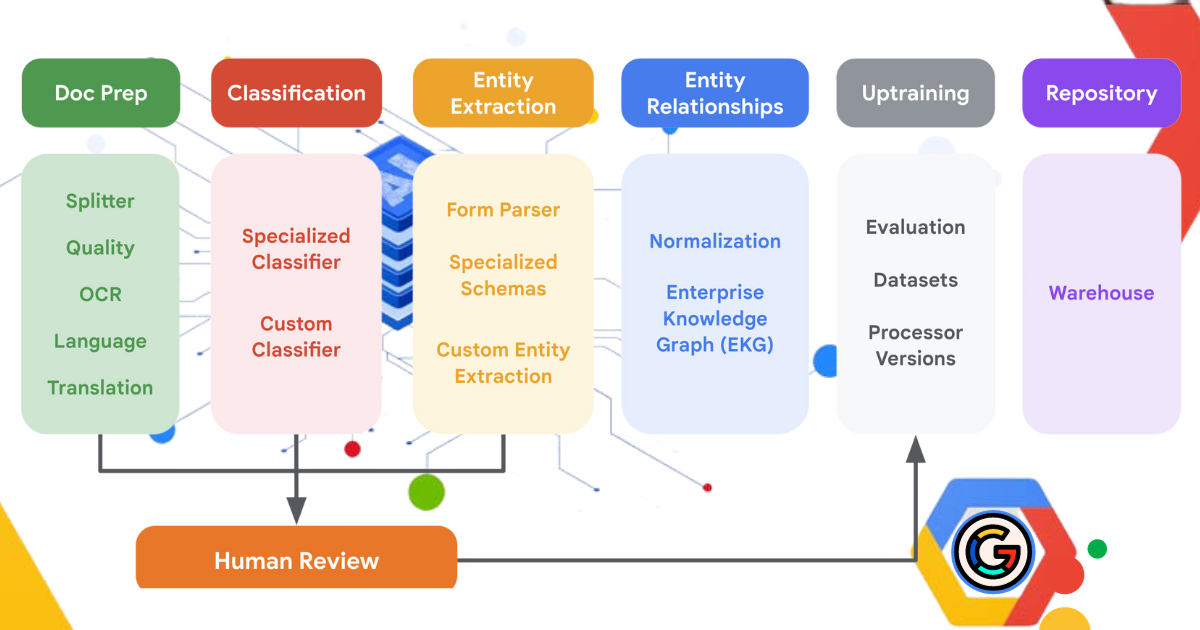
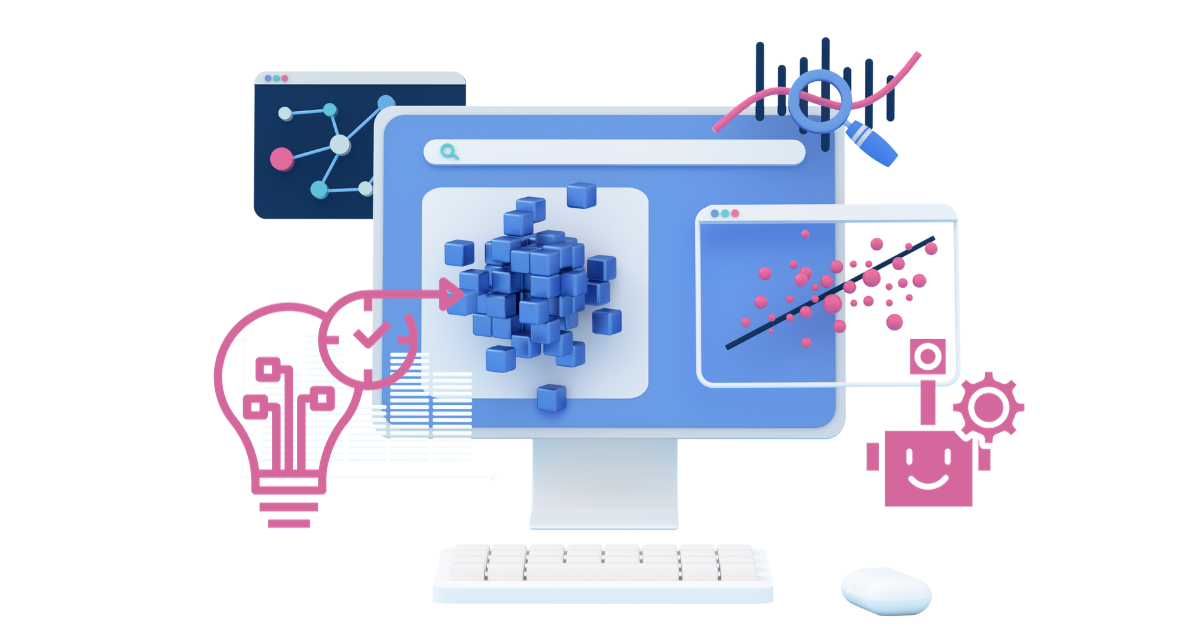
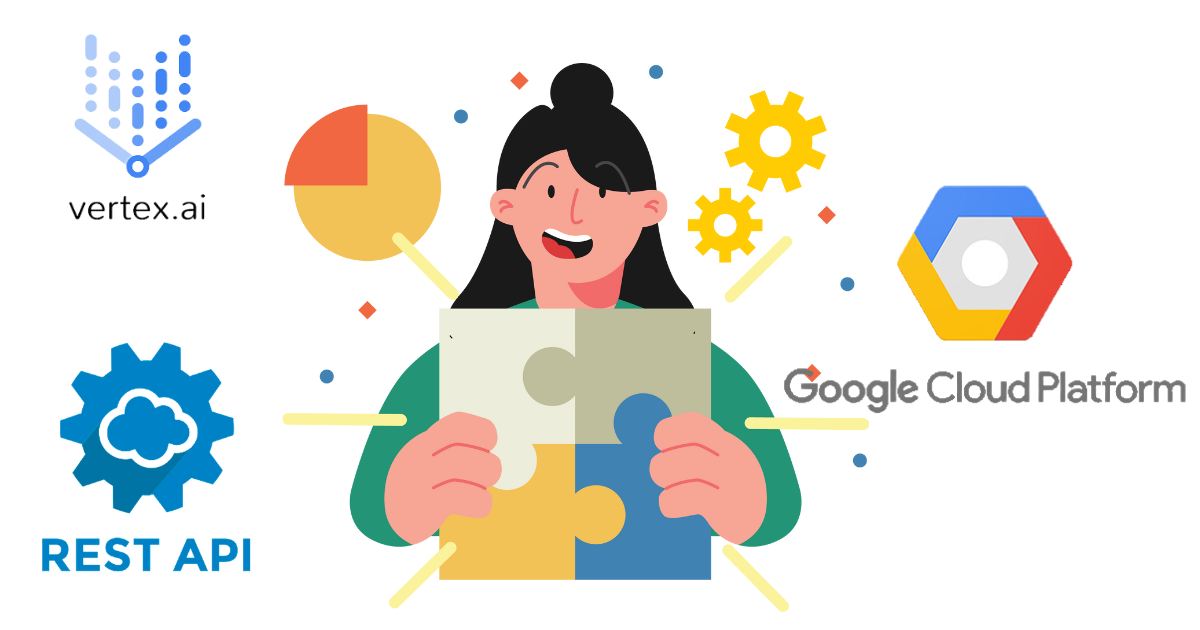
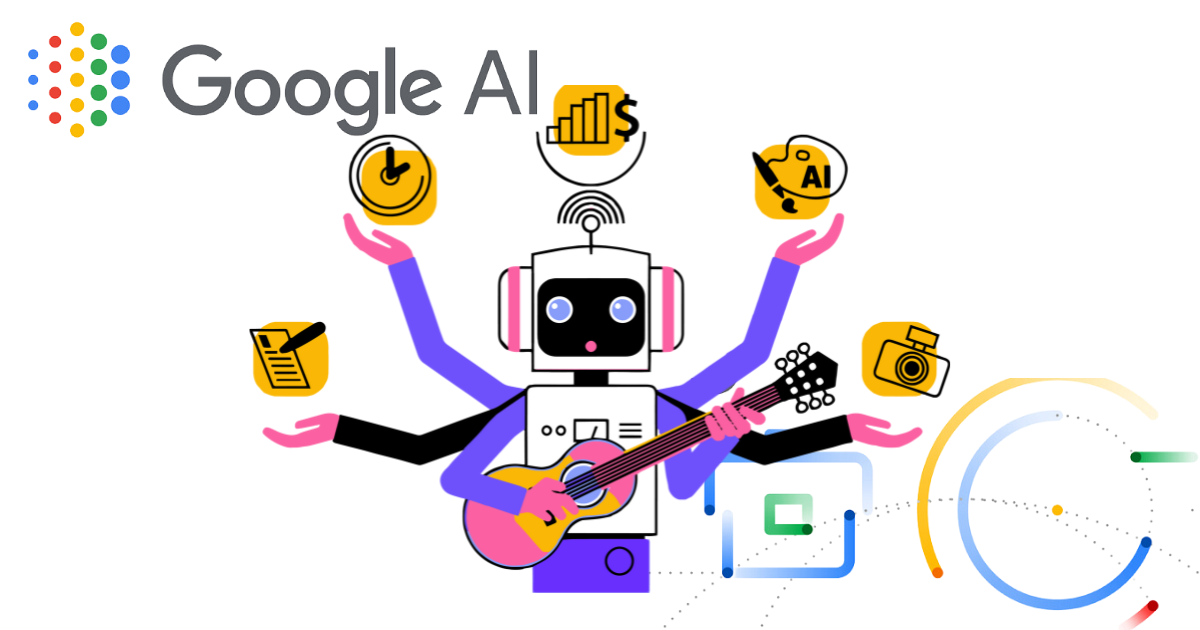
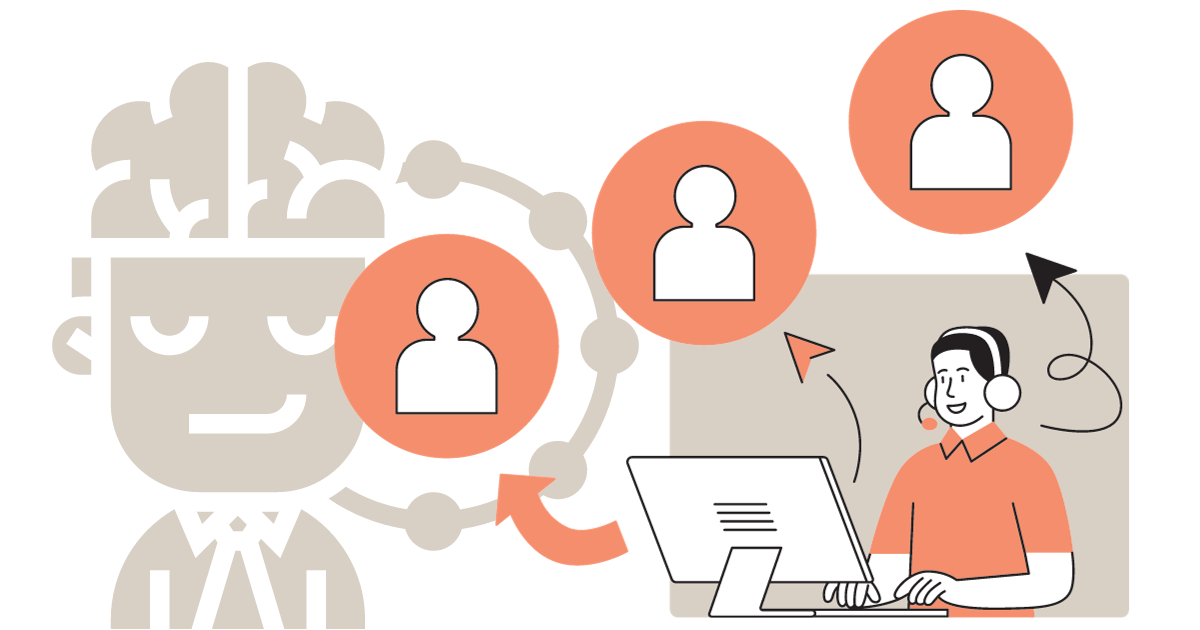
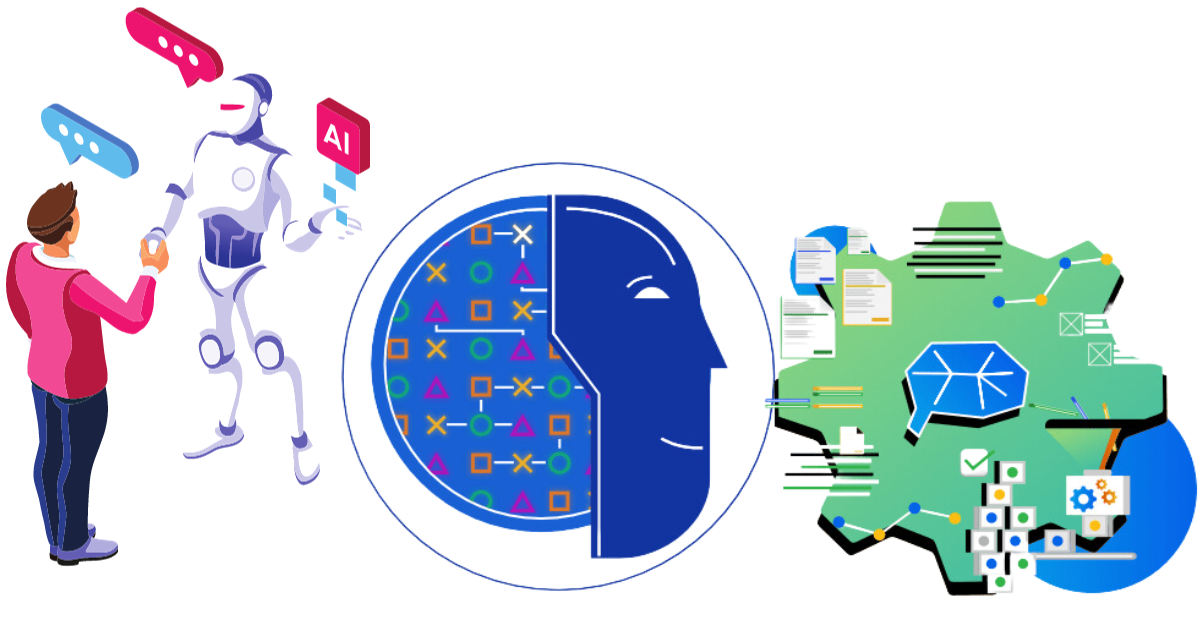

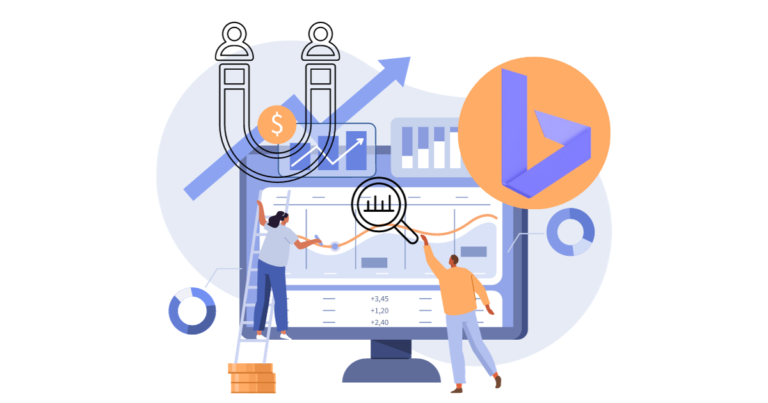
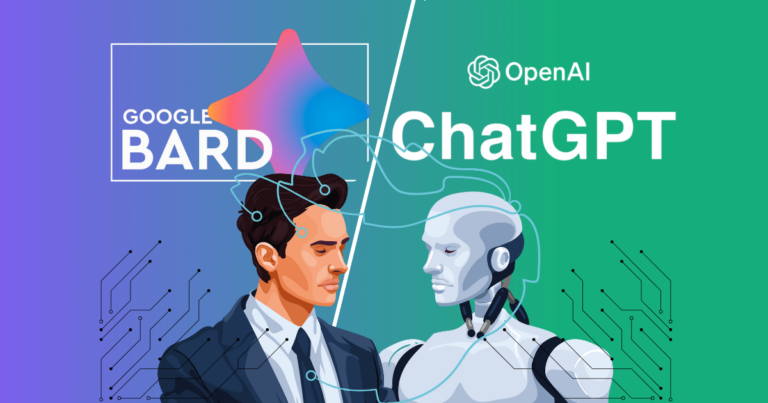
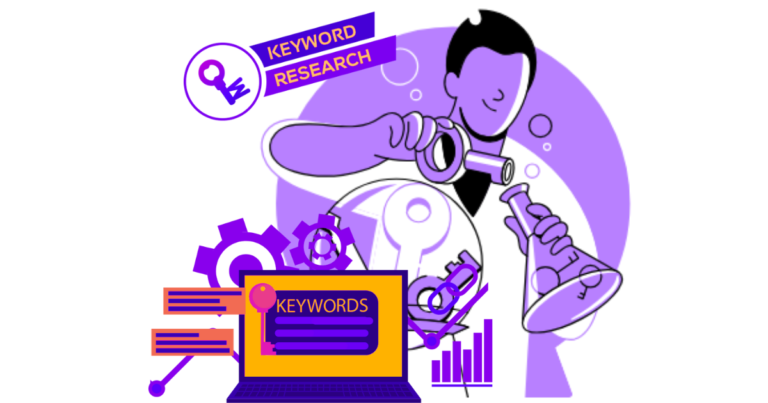
nice post i like it
great website
Nice post and help me a lot to increase my knowledge
nice post
Cool website.
I really liked your site.
nice Content
Cool website post